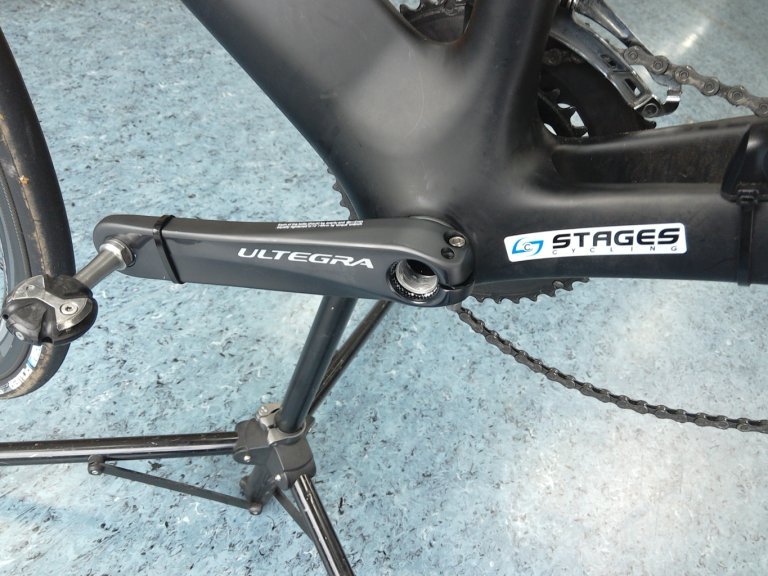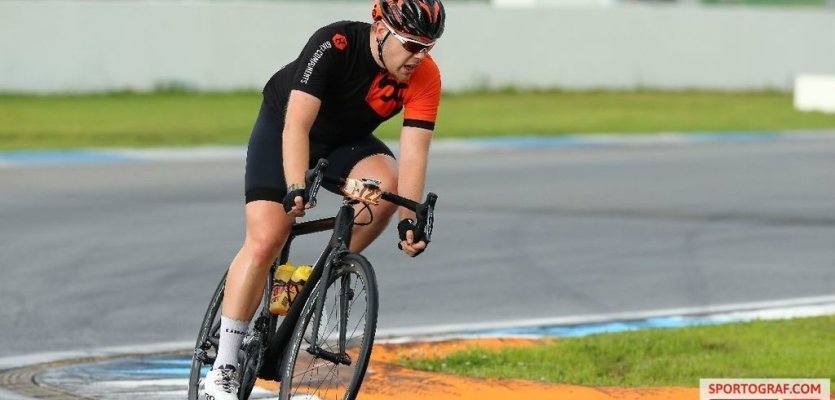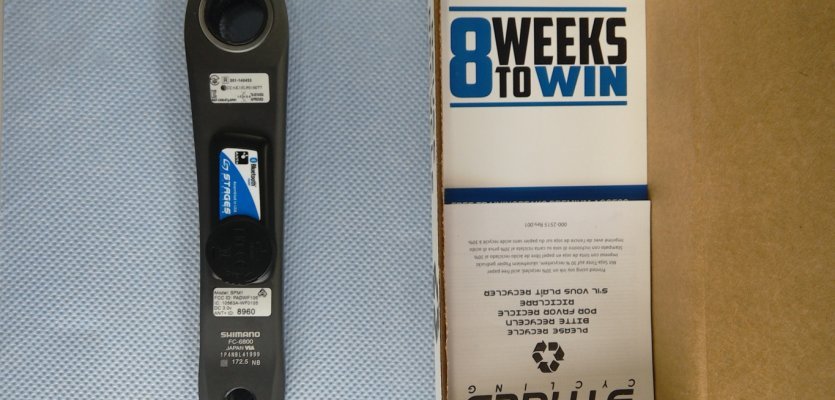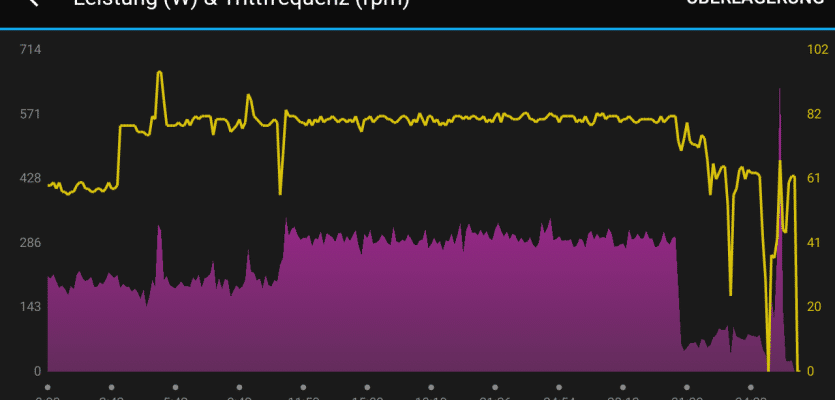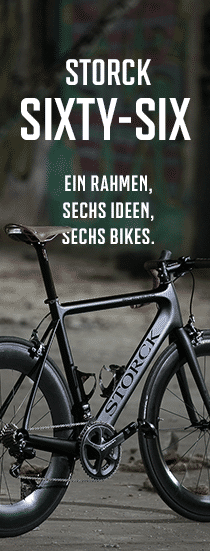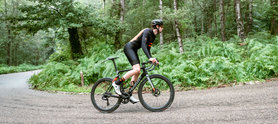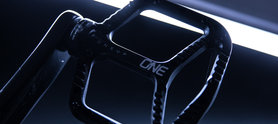
Testing the Stages power meter
Among pros, power meters have been a given for quite a while now. We checked out the Stages Power crank.
Among pros, power meters have been a given for quite a while now. However, in the last couple of years, we have seen them coming through the ranks and becoming what the heart rate monitor used to be. It doesn´t matter whether you are talking about a SRM, Quarq, bePro or Stages, they are seen more and more on bikes these days. Just a couple of weeks ago in Hockenheim, Germany I noticed a power meter on almost every other bike!
Why do we see more and more power meters these days? I see two reasons for that.
First of all, it´s the comparability of the data you gather with a power meter. A watt will always be a watt and does not differ from ride to ride. If you want to compare your heart rate data for example, you will have a lot of variables which can influence your effort significantly. Hydration, caffeine intake or lack of sleep are just a few variables, which can have a huge impact.
The second huge factor is the price of these power meters. For a long time, there was only SRM on the market. The German company invented the power measuring technique for bikes and had no real competitor. Their products are still the gold standard and more or less the entire industry compares their products to SRM. But a few years ago, more and more brands started entering the market and began to sell power meters. One company that had a huge impact was Stages. They had a very clever concept that allowed them to sell their products a lot cheaper, while still maintaining the same accuracy.
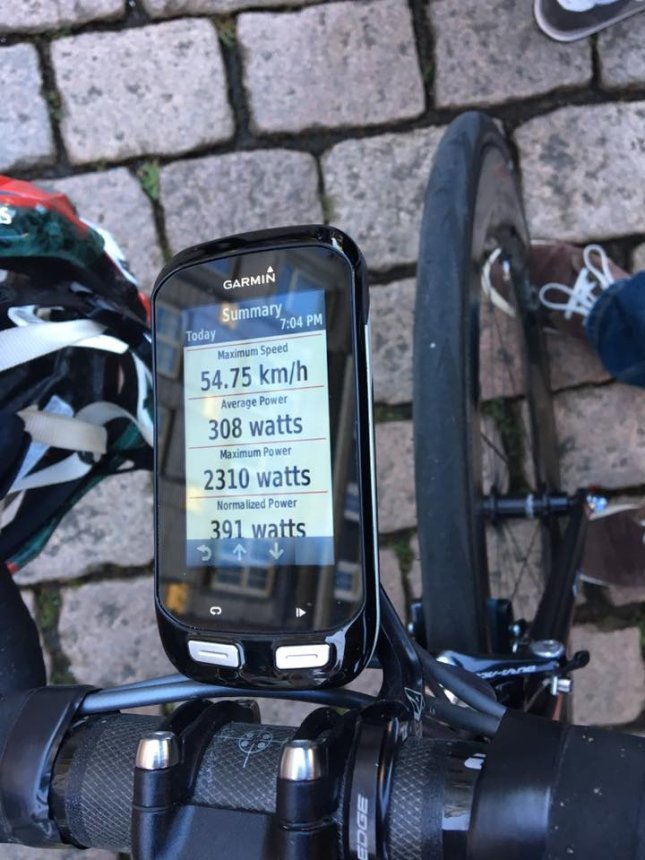
Marcel Kalz (Maloja Pushbikers) Stages measured watts
Installation
The success of Stages is based in the simplicity of their system. By installing the strain gauges, the transmitting measuring equipment and the battery for the system completely on the left crankarm, they got rid of a big financial factor- the need to buy a whole crankset.
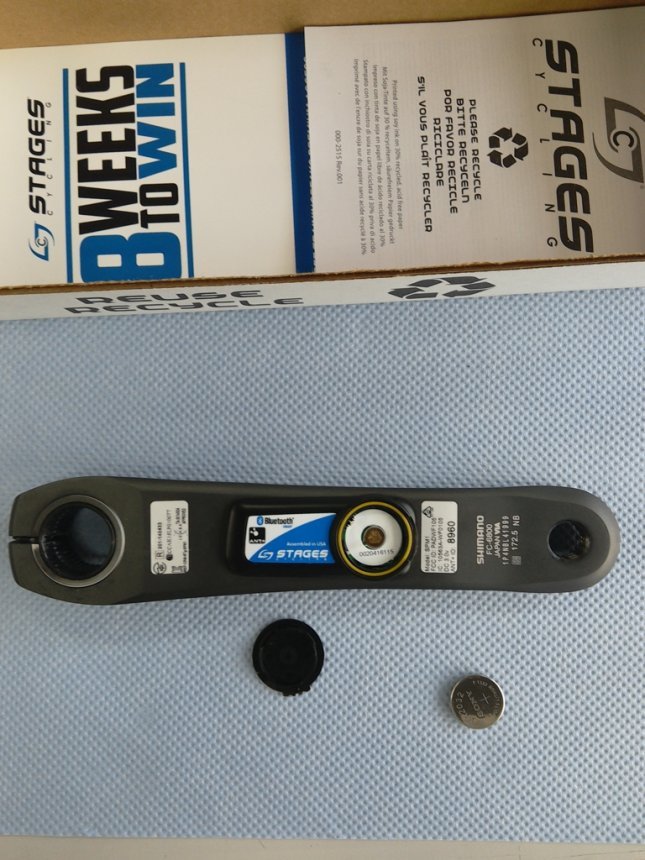
Stages battery
The installation process is pretty easy. You just need to swap the original crankarm with the one that has the power meter glued onto it. All that is necessary to install the power meter is a torque tool and maybe a crank removal tool. After finishing that process, you turn the power meter on by turning the crank counter clockwise and letting it rest with the left crank arm in the six o clock position. Once you receive a signal from the power meter, you pair it with the cycling computer of your choice and perform a zero reset with the stages app (this process takes a few seconds).
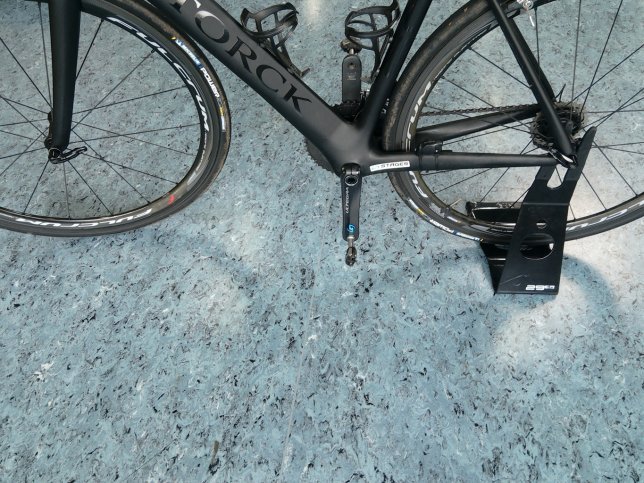
Calibration position
After all that is finished, you are ready to go and have fun with your stages power meter. On the first few rides, you will notice a slight variation in your riding style as your head will tilt down more towards your Garmin because of all the new data that is displayed. However, please take a look at the road too and don't turn yourself into a meme like Chris Froome: http://chrisfroomelookingatstems.tumblr.com/
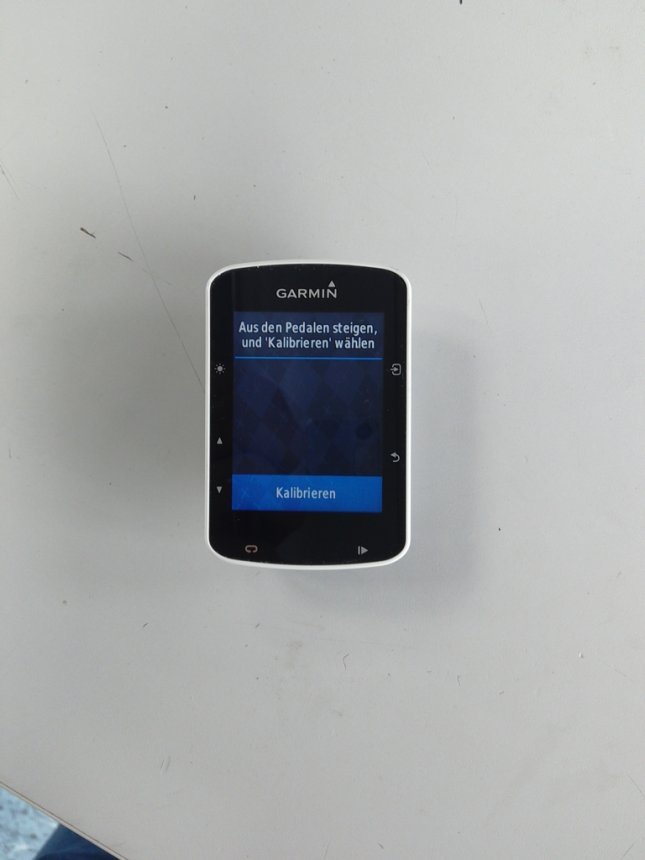
Garmin setup
Find your training zone
I have told you many things about Stages, but here comes a little point that you won´t like at all: just because you bought a stages power meter, does not mean that you will be faster! It is a great tool to learn about your pacing and calculate your power output, but you have to use it the right way. The right way means calculating your own training zones. The zones described by Dr. Andrew Coggan are very popular, but there are plenty of other methods around. Oh and calculating sounds theoretical, but that´s not the deal here. You will have to go through a series of tests, including most importantly a FTP (functional threshold power) test that will show you the power that you can sustain for one hour. The method of this test is just as simple as it is brutal (believe me, it hurts a lot!). After a warmup of a quarter of an hour, where you should have a few spikes in your power output already, you will have to execute a 20 min maximum effort. The average power of these 20 min. multiplied by 0.95 results in your FTP. That number will determine all your training zones and many of your conversations with buddies that also have power meters.
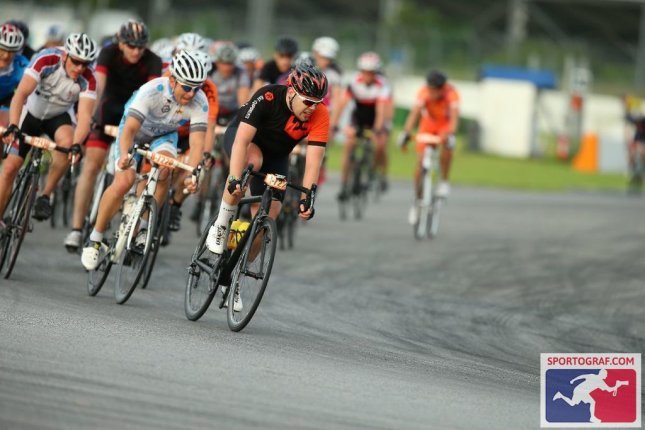
-
Summary
I have ridden the stages power meter for a few weeks now, including three races, and the benefit of having a device on my bike has proven itself on every single ride. Without a power meter, I always had the tendency of starting way too fast and bonking towards the end of my ride. Now it is a lot easier to stay in my “zones” and keep the pain at a tolerable level without decreasing my maximum effort towards the end of the race.
In my opinion, the power meter is an incredibly good tool to measure your ride and I don´t want to ride without one ever again!

